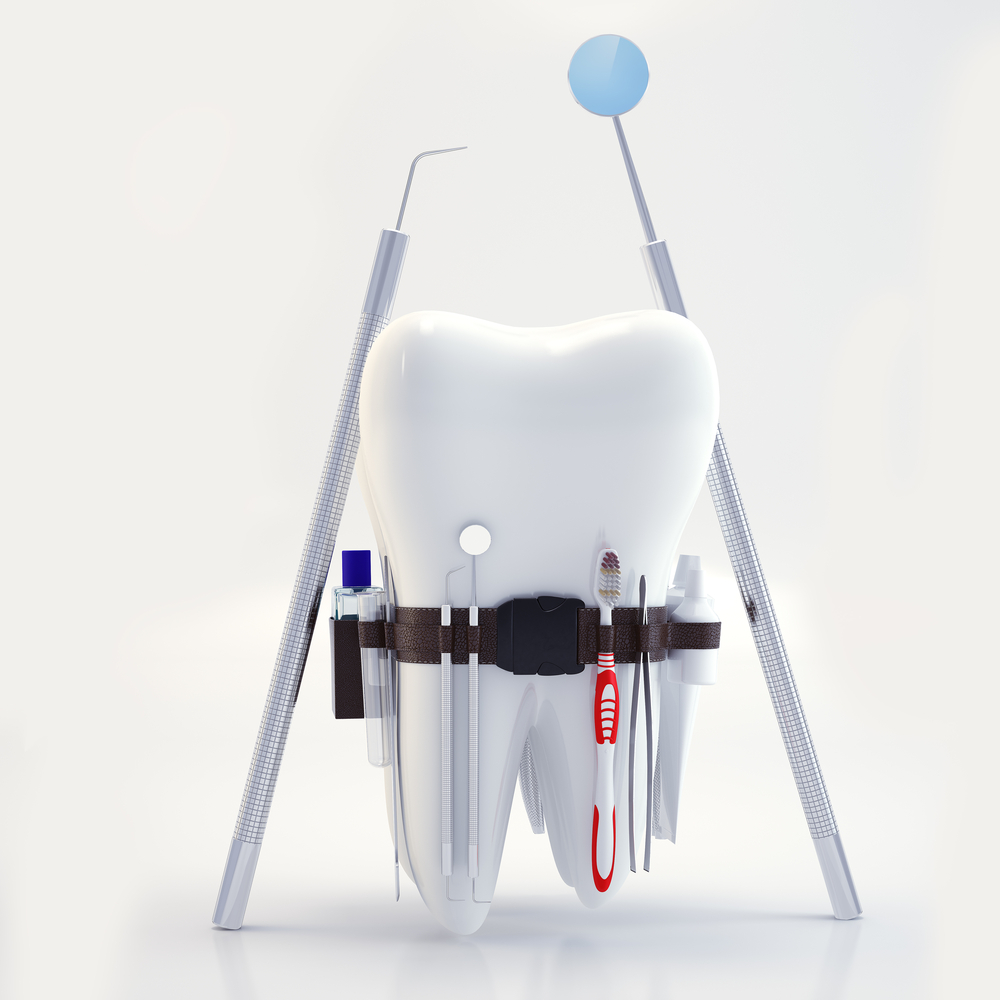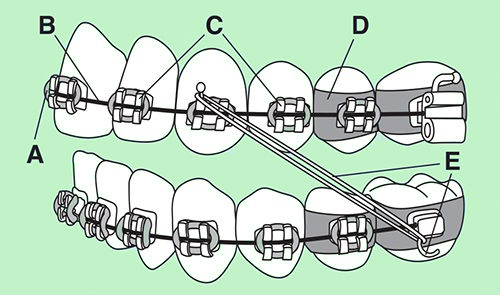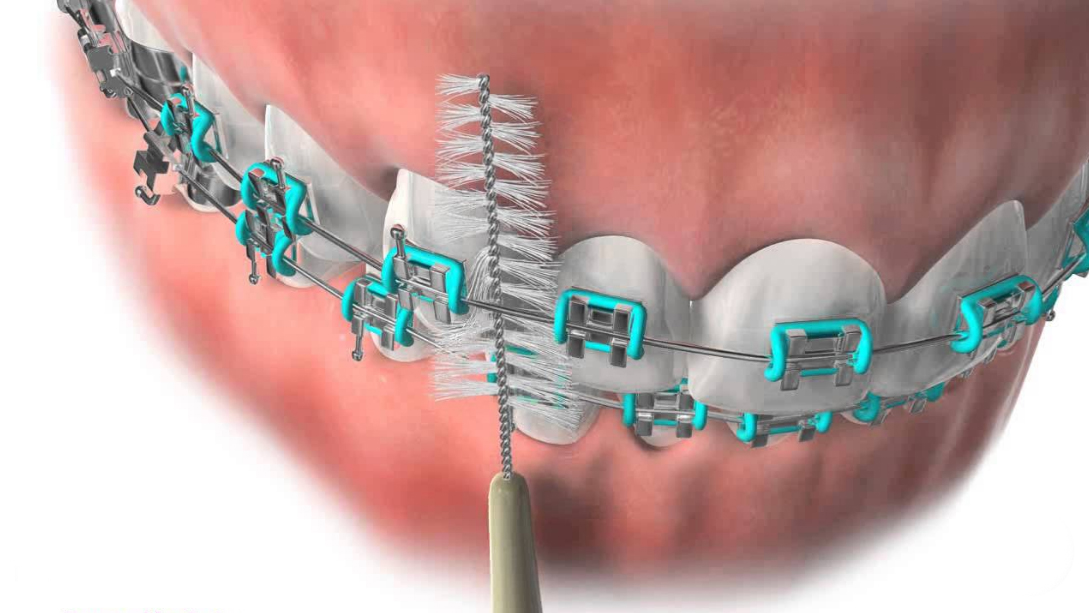 At Hardy Pediatric Dentistry & Orthodontics we are dedicated to thorough patient education so we can empower you to be active participants in your orthodontic treatment. Knowledgeable patients find more long-term success with their oral health and their total body wellness. Dr. T.C. Hardy compiled this patient guide to help you find success with your orthodontic treatment. Our friendly knowledgeable staff is also here to answer any questions you may have about the process.
At Hardy Pediatric Dentistry & Orthodontics we are dedicated to thorough patient education so we can empower you to be active participants in your orthodontic treatment. Knowledgeable patients find more long-term success with their oral health and their total body wellness. Dr. T.C. Hardy compiled this patient guide to help you find success with your orthodontic treatment. Our friendly knowledgeable staff is also here to answer any questions you may have about the process.
- Types of Braces
- Oral Hygiene
- Common Problems
- Retainers and Removable Parts
- Parts of Braces
- Maintenance
- Foods to Avoid
- Invisalign FAQ’s
Types of Braces
- Traditional Metal
- Short-Term
- Clear (Ceramic)
- Invisalign®
- Lingual
- Incognito
What is the Difference between Clear Braces and Traditional Metal Braces?
As opposed to traditional braces, which have a metal bracket, clear braces use ceramic brackets that are made to match the color of your teeth. As a result, your clear braces will be more discreet than the traditional system of metal wires and brackets. In addition, the ceramic brackets used in the treatment are stain-resistant, helping to ensure that your smile looks its best while you are straightening your teeth. Read about underbite, crossbite, open bite and gaps between teeth.
 Patient Education: Proper Oral Hygiene
Patient Education: Proper Oral Hygiene
Brushing
Using a soft bristle toothbrush with toothpaste, move the toothbrush in small circles, angling the toothbrush along the gum line. This technique will reach the nooks and crannies of your teeth and braces, removing debris. Do not forget to brush your chewing surfaces, the inside of your teeth, and your tongue. Since healthy gums should not bleed when brushing with a soft bristle toothbrush, bleeding indicates areas that are inflamed and should be brushed more thoroughly and more often. Finally, remember to massage the gums while you are brushing as well. Patients with braces should keep in mind that they have many more areas to clean and should plan on spending a longer time brushing their teeth. These patients may consider using a proxy brush (the mini toothbrush that looks like a miniature tree) to reach under the wire and in between brackets.
Flossing
Flossing is a very important aspect of oral hygiene, but braces can cause flossing to be time consuming. Patients with braces should set aside 10-15 minutes each evening for flossing. With practice, the time it takes to floss with braces will be reduced. We recommend using a floss threader to make it easier to clean under the wire of your braces. Many patients find it easier to start from their gums and angle towards the tip of the teeth. Once the floss is threaded under the wire, wrap the floss around your fingers and floss in between your teeth as normal. Make sure to guide the floss along the entire length of your teeth as well as in between your teeth and your gums.
Additional Oral Hygiene Accessories
For patients who thoroughly brush and floss, additional hygiene materials may not be needed. However, accessories such as the proxy brush or toothpicks may still be useful to ensure your teeth remain as healthy as possible. Patients may want to consider an antibacterial mouth rinse or fluoride mouth rinse. A Waterpik® can also assist in removing food debris and massaging the gums.
Common Problems during Orthodontic Treatment
Tooth Tenderness
As you become accustomed to your new braces, your teeth will likely be tender and you may experience a dull ache for the first 2-4 days. We recommend patients eat soft foods during this initial adjustment period and use an over-the-counter pain reliever if necessary. Some patients also find a warm saltwater rinse helpful. Accessory appliances such as rubber bands, springs or headgear can occasionally cause teeth to become sore. When wearing these appliances as prescribed, the sensitivity typically goes away in 2-4 days.
Lip and Cheek Sores
During the initial adjustment period, new braces patients may get small sores on their lips or cheeks. Within a few weeks, the lips and cheeks will become less sensitive. If at any time during treatment you notice a particular area of your braces that is aggravating the inside of your mouth, place a small piece of wax on the part of your braces that is causing the irritation. A topical anesthetic such as Orabase® or Orajel® can be used for immediate relief.
Loose Bands and Brackets
Brackets and bands typically break when patients eat certain prohibited foods or pick at their braces. If a band or bracket comes loose and is uncomfortable, place a piece of wax on the spot causing irritation. In general, a broken bracket is not an emergency and can be fixed at your next scheduled appointment. If the broken bracket causes significant discomfort, is supposed to hold a rubber band in place, or if a bracket breaks on one of the upper or lower 4 front teeth, please call the office at 720-887-6003 and we will schedule an appointment as soon as possible.
Pokey Wires
Wires can come loose from sticky foods or when a patient picks at the braces. If you notice a wire is protruding and causing irritation, try using a Q-tip or clean pencil eraser to push the wire in towards the teeth to relieve the discomfort. Placing wax over the spot causing irritation may also allow the cheek to heal and toughen up. If issues persist, please contact our office and we will help you remedy the situation. To help avoid accidental damage, patients should also avoid biting their fingernails and pens or pencils.
Loose or Missing Elastic Tie
If you notice a loose or missing elastic tie that goes around a bracket, do not worry. These elastic ties can be fixed or replaced during your next appointment.
Accidents to the Mouth
If you experience a bump or trauma to the mouth during orthodontic treatment and your teeth were hit and hurt, please call the office right away. A short examination will ensure that no damage has been done.
Retainers and Removable Parts
Patients should brush their retainers daily as part of their oral hygiene routine. When cleaning the appliance, use cold water, antibacterial hand soap, and a toothbrush. Also, be sure to thoroughly rinse out the toothbrush afterward. Patients should avoid using hot water, a dishwasher, or toothpaste to clean their appliances as these can cause distortion. Occasionally an effervescent denture cleaner can be used if absolutely needed. (If possible, use a clear tablet cleaner as some of the blue tablet cleaners can stain clear retainers. Patients should always keep their retainers or removable appliances away from heat sources and never store them in the car.
 Parts of Braces
Parts of Braces
When discussing your treatment while you are with us at Hardy Pediatric Dentistry & Orthodontics, it is important you know the different parts of braces and what they are called. This will allow you to better follow our discussions on your treatment and to be a more engaged participant in the process. It will also aid you in understanding how to communicate your needs to us during your treatment. If a part of your appliance — the individual elements that work to correct your teeth — needs more attention during cleaning, or if a part needs to be adjusted, you will understand what part we are talking about when we call it by name. The five main parts of the orthodontic appliance include:
A. Ligature (Elastic ties) – Available in a variety of colors, elastic ties are small rubber bands that go over the brackets in order to hold the archwire in place. These elastic ties really pop in color when you pair them with our ceramic, white brackets option.
B. Archwire – Held by brackets or other orthodontic attachments, the archwire is designed to guide the shifting of the teeth during treatment. These wires are traditionally made from stainless steel, but can also be made of titanium. With our Clear Braces option, the archwire can be made to match the color of your teeth for an even more esthetic look.
C. Brackets – A bracket can either be bonded to the tooth using a tooth-colored cement, or it can be attached to a band. These are usually made of either stainless steel or clear ceramic, and can guide and support the archwire into the appropriate placement.
D. Metal Bands – A thin ring – typically made of stainless steel – which is fitted to the tooth and cemented. The band is used to secure other orthodontic attachments, such as hooks, brackets or tubes.
E. Elastic Hooks and Rubber Bands – These rubber bands are used to create a force to move the teeth in a particular direction. These are often attached to a molar band and upper ball hook.

Proxabrush (or Proxy Brush) Example
Maintenance
During orthodontic treatment, it is especially important to maintain good oral health. With the addition of brackets and wires in your mouth, food particles are more likely to get stuck. This can lead to other dental issues if proper care is not taken. Below are a few important tips to remember. If you have any questions about maintenance for your braces, please do not hesitate to contact our office.
- Brush after every meal. Because your braces can easily attract and trap food particles, brushing after each meal can help prevent staining and reduce the potential for bacteria buildup.
- Use a threadable floss or a floss threader. (If using a floss threader, thread regular floss through the eye of the threader, the same way you would with a sewing needle and thread.) Using the small or the pointed end, insert the floss or floss threader between the teeth, but below the archwire. Gently move it back and forth until it is able to thread the floss between the teeth. Once in place, you can floss the two teeth on either side of where you have inserted the floss, taking care not to apply force or pressure against the archwire. Repeat between all teeth.
- Brush the brackets in two directions. To brush teeth with a regular soft brush, brush down from the top, then up from the bottom on each tooth with a bracket.
- Use a Proxabrush. After brushing with a toothbrush, use a proxabrush, commonly referred to as a “Christmas tree brush,” to clean between each bracket. Place the proxabrush between two brackets, below the archwire, brushing up and down. After several strokes, repeat this motion by inserting the brush from the opposite side (either down from the top or up from the bottom).
Foods to Avoid
In order to avoid damage to your braces and your teeth during orthodontic treatment, avoid hard foods, sticky foods, and foods high in sugar. Eating foods high in sugar also increases the risk of cavities, especially while wearing braces.
Examples of hard foods to avoid include:
- Hard candy
- Nuts
- Chips
- Popcorn
- Ice
- Corn on the cob
- Apples
- Carrots
- Crusty bread
Examples of sticky foods to avoid include:
- Gum
- Taffy
- Caramel
- Tootsie Rolls®
- Sugar Daddies®
- Starburst®
- Skittles®
- Licorice
Contact Hardy Pediatric Dentistry & Orthodontics
For more patient education resources, or if you need answers or clarification on any of the patient education material here, please contact our office today at 720-887-6003. If needed, schedule a visit with Dr. T.C. Hardy.